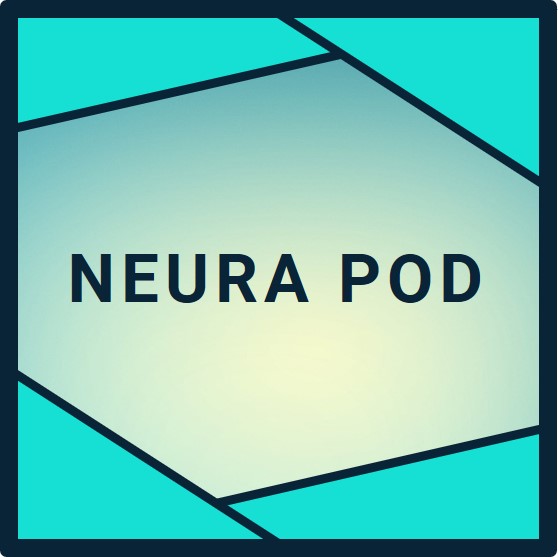- Neuralink brain implant reads the brain at up to 9.5 bits per second in human trials, enabling cursor control that matches able-bodied typing speeds.
- Patient ModdedQuad holds the world record at 9.5 bits per second, while others like Noland Arbaugh exceed 9 bits per second for daily tasks like gaming and browsing.
- Elon Musk plans upgrades to reach 40 bits per second by late 2025, scaling to hundreds with 10,000 channels for seamless AI interaction.
Bits Per Second: Neuralink's Key Speed Metric
Neuralink measures brain reading speed in bits per second, or bps, which quantifies information transfer from thoughts to actions. This metric accounts for accuracy and efficiency in tasks like moving a cursor or typing. At 9.5 bps, patients control computers as fluidly as manual input, where able-bodied users average around 10 bps.
The N1 implant samples neural signals at 20 kilohertz per channel across 1,024 electrodes. Raw data floods in at millions of points per second, but machine learning compresses it into usable commands. Elon Musk explains this as the foundation for high-bandwidth links, where spikes from motor cortex neurons encode intent.
In PRIME Study trials, bps reflects real-world performance. Daily peaks hit record levels, with software adapting to individual brains. This speed supports over 15,000 hours of safe use across 14 patients as of October 31, 2025.
Patient Achievements in Human Trials
Noland Arbaugh, the first implant recipient, reached over 9 bps shortly after his January 2024 surgery. He plays chess, browses Reddit, and studies neuroscience via thought alone. Early thread retraction cut channels, but over-the-air updates restored and boosted his speed.
ModdedQuad set the 9.5 bps world record, showcasing peak potential. RJ hit 7 bps on day one, smashing initial benchmarks. UK patient Paul Hutchings controlled cursors hours post-implant in October 2025. Alex in the CONVOY Study manages robotic arms at similar rates.
These results span the US, UK, Canada, and UAE. Elon Musk shared on October 31 that Noland may get a dual implant soon, doubling channels for even faster response.
Technical Breakdown of Read Speed
Neuralink's speed stems from hardware and software synergy. The R1 robot inserts 64 threads with electrodes 1 millimeter into the cortex, capturing spikes from thousands of neurons. On-chip ASICs filter noise at 20 kHz, detecting action potentials in microseconds.
Decoders use reinforcement learning to map spikes to movements. Simulations train these models millions of times faster than real brains, pushing bps higher. Compression reduces data 200-fold for Bluetooth transmission, maintaining low latency under 100 milliseconds.
Elon Musk notes robot precision enabled this scale, impossible manually. Shallower insertions and coatings now minimize retraction, sustaining 80 to 85 percent channel yield.
Comparisons to Rivals and Human Limits
Neuralink outpaces competitors. Blackrock's Utah Array tops at 6 bps in long-term use. Synchron's Stentrode manages basic control below 5 bps. Stanford records hit 10 bps but require visible cursors; Neuralink works intuitively.
Human thought hovers at 10 bps for output, per Caltech estimates. Neuralink matches this now and exceeds in precision. Future 3,000 channels in 2026 triple capacity, targeting 40 bps for speech decoding.
Elon Musk's Roadmap for Exponential Speed Gains
Elon Musk outlines scaling: 10,000 channels by 2027 enable megabit bandwidth for telepathy. Blindsight trials add input speed via visual cortex reads. Multi-implants cover speech, motor, and vision regions.
Global trials and 10,000 registry applicants accelerate data for refinements. Production ramps like Tesla ensure affordability post-approval. Elon Musk ties this to AI symbiosis, where gigabit links keep humans competitive.
TL;DR
Neuralink brain implant reads thoughts at 9.5 bits per second records, powering fluid computer control for paralyzed patients worldwide. Noland and others exceed 9 bps daily, with Elon Musk's dual implants set to push 40 bps by 2026. Backed by 1,024 channels and 20 kHz sampling, speeds rival human limits and surpass rivals. Over 15,000 safe hours signal reliable progress toward 10,000 channels and telepathy. Elon Musk's vision delivers autonomy now and superhuman cognition soon.

